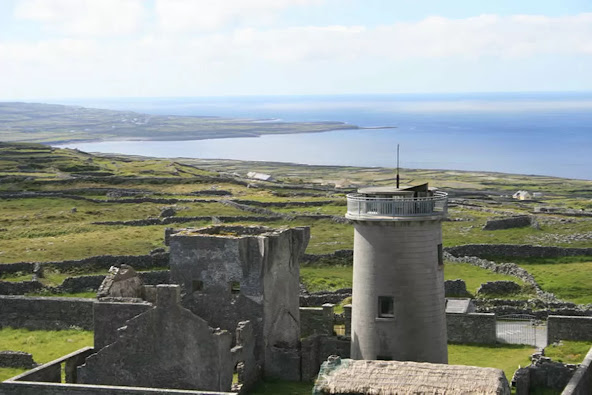The Irish Lighthouse History Keeper - Traditional Maritime Scenery
I was contacted recently by a very nice guy called Nick from Holywood, county Down. Nick makes beautiful short films recording the Ireland that he sees around him, from winter scenes to lakes and forests, skies, whatever captures his interest. He had become interested in lighthouses (there are a good few in his part of our coast!) and was wondering if I'd do a voice-over for a lighthouse film. Now I'm a stammerer and was hesitant (pun intended) but Nick is the type of feller who can make a silk purse out of a sow's ear and he has made me sound almost fluent. I'm not sure the piece was supposed to be about me but that's how it's turned out.


